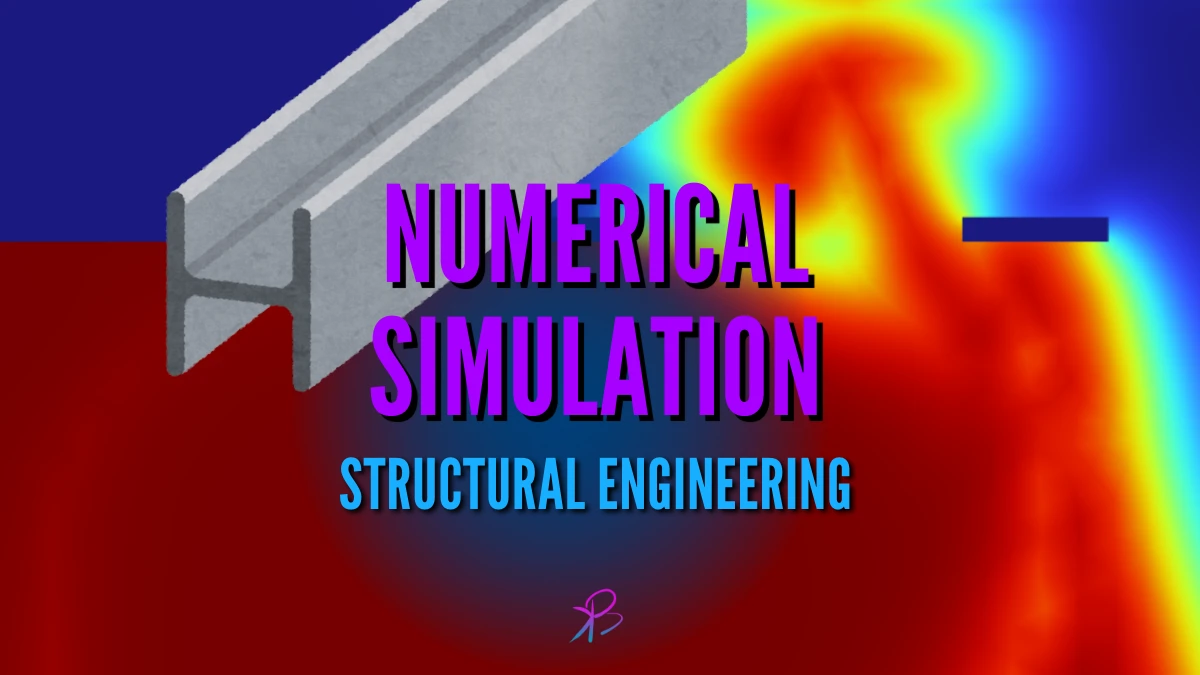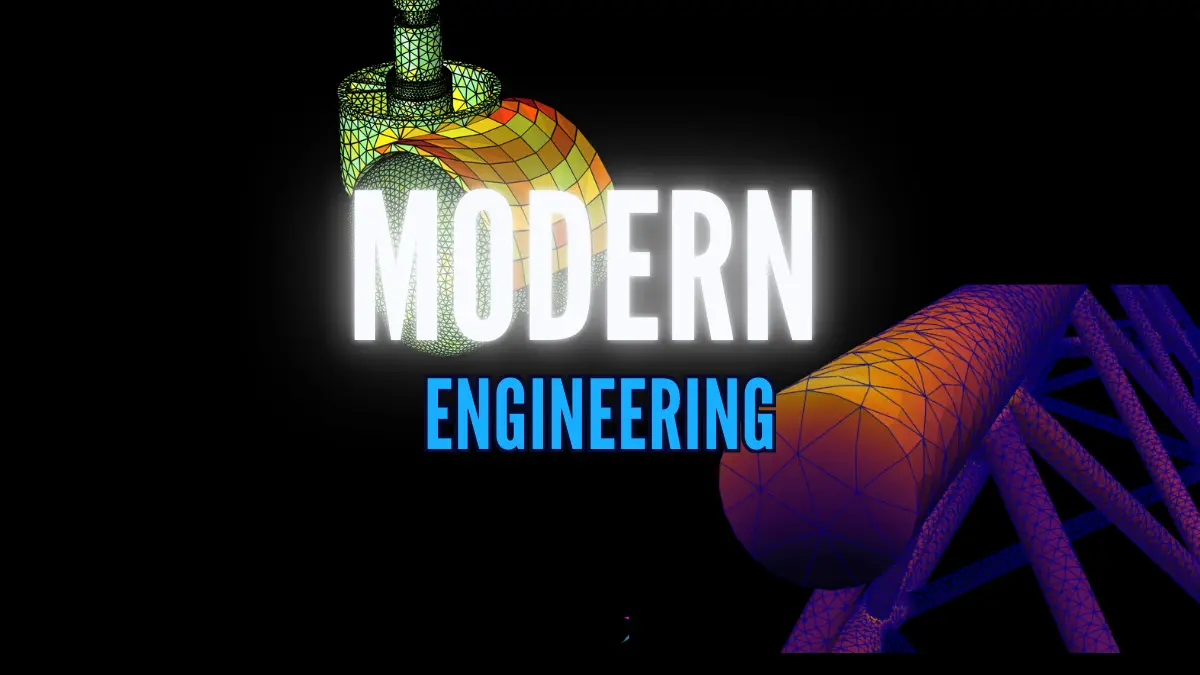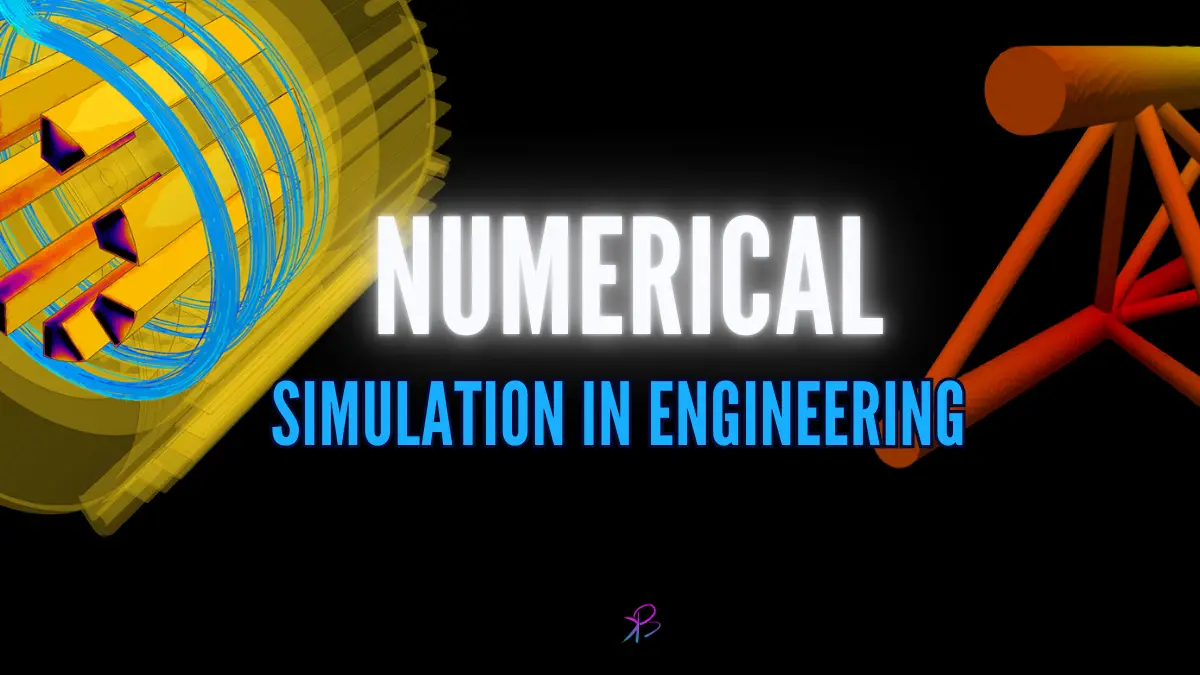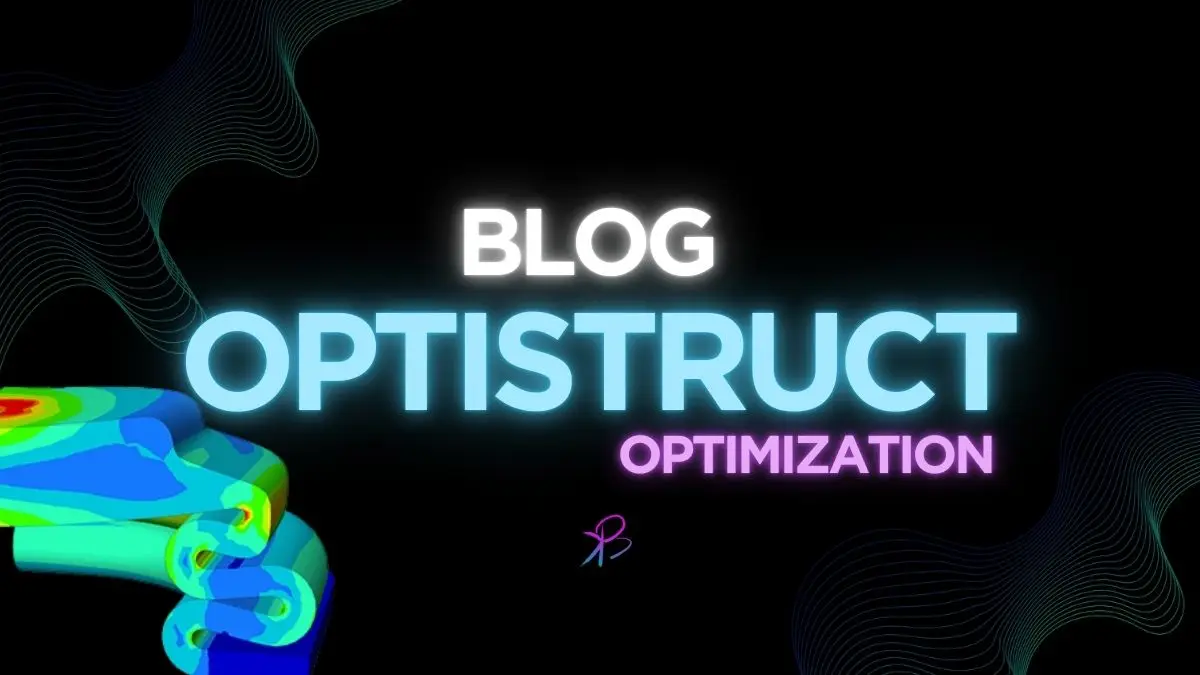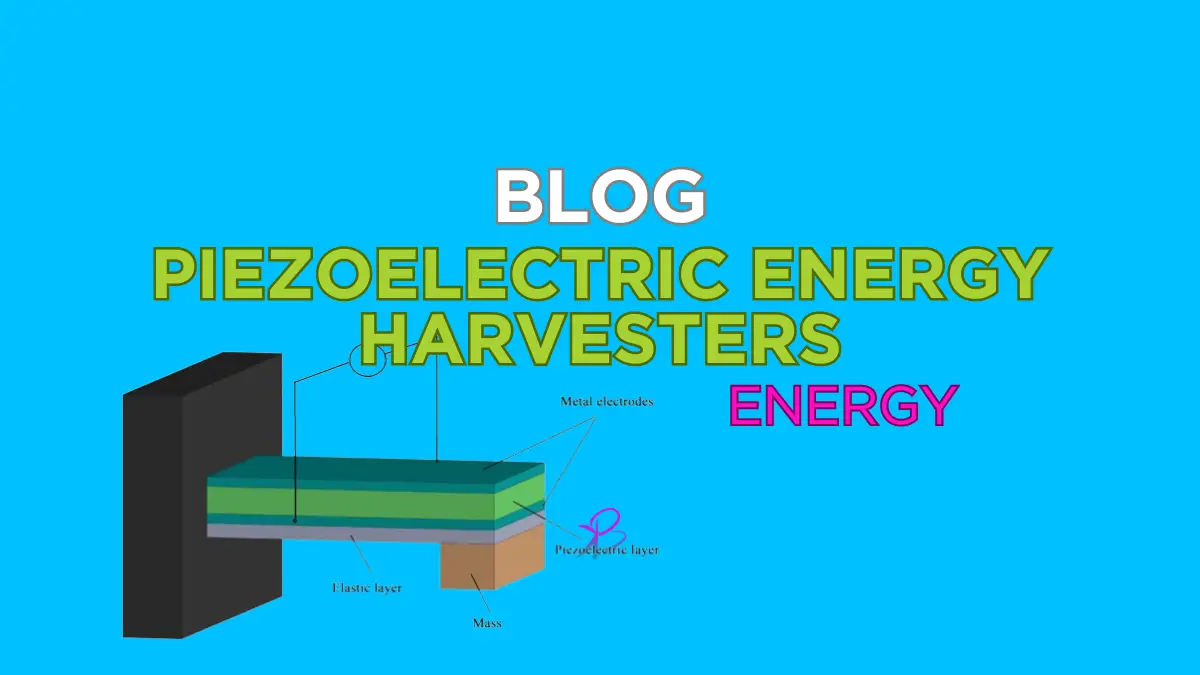Structural engineering is a field where safety, precision, and efficiency are paramount. One of the most significant advancements in the discipline is the use of numerical simulation. This powerful tool enables engineers to model complex structures, predict their behavior under various conditions, and optimize designs before they are built. In this post, we’ll delve into […]
